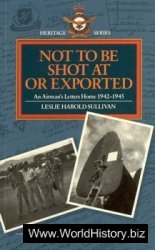The idea of standardizing a product and its various parts originated in Sweden in the early eighteenth century and before 1800 had been tried in France, Switzerland, and England. Through standardization, the parts of one product could be interchanged for the parts of a like product, facilitating manufacture and repair. The first permanently successful application of the idea in an important use was made in the American armament industry. At the turn of the nineteenth century, Eli Whitney and Simeon North almost simultaneously obtained contracts from the government to manufacture firearms by the interchangeable-parts method. It has long been customary to credit Whitney with the first successful manufacture by interchangeable parts, but the evidence does not substantiate his claim. Records suggest that North was using the “uniformity principle” as early as 1807 in making his pistols. Perhaps the first application of the idea in a way that would be followed later was made by John H. Hall, inventor and engineer at the Harper’s Ferry Armory, who by 1817 was installing his system using metal-cutting and woodworking machines.50 In any case, it took more than two years to make the essential innovations in the arms industry. Captain Hall’s pattern turning greatly reduced the number of hours needed to shape asymmetrical rifle stocks. Drop-forging with dies was successfully introduced in about 1827. By 1855, Samuel Colt, who had invented his six-shooter years earlier, established an armory in which machine work of a high degree of accuracy was accomplished by skilled operators. From approximately mid-century on, the ultimate precision tool was no longer the craftsman’s hand file.
|
|
||||||||
|
Www.WorldHistory.Biz
Sundries
 Contact Contact
|
 
16-09-2015, 11:33
Standardized Interchangeable Parts
  |
|||||||
 |
 |
 |
 |
|||||
|
||||||||

 World History
World History





